The Doughnut of Despair? Not Quite
We at Strong Towns are always up for a healthy, thoughtful debate. The following is a response from one of our contributors to Chuck Marohn's recent essay about Detroit, "A Promise Impossible to Keep."
Hear Chuck and Johnny discuss their essays on the Strong Towns podcast.
I just spent a week exploring the depopulated areas of Detroit on foot and by bicycle including an excellent stay with some young homesteaders. At the end of the trip I had an exchange with a noted civil engineer and city planner who had stayed in the newly revitalized downtown attending a convention. We had very different interpretations of what he called the “Doughnut of Despair” in the penumbra outside the urban core.
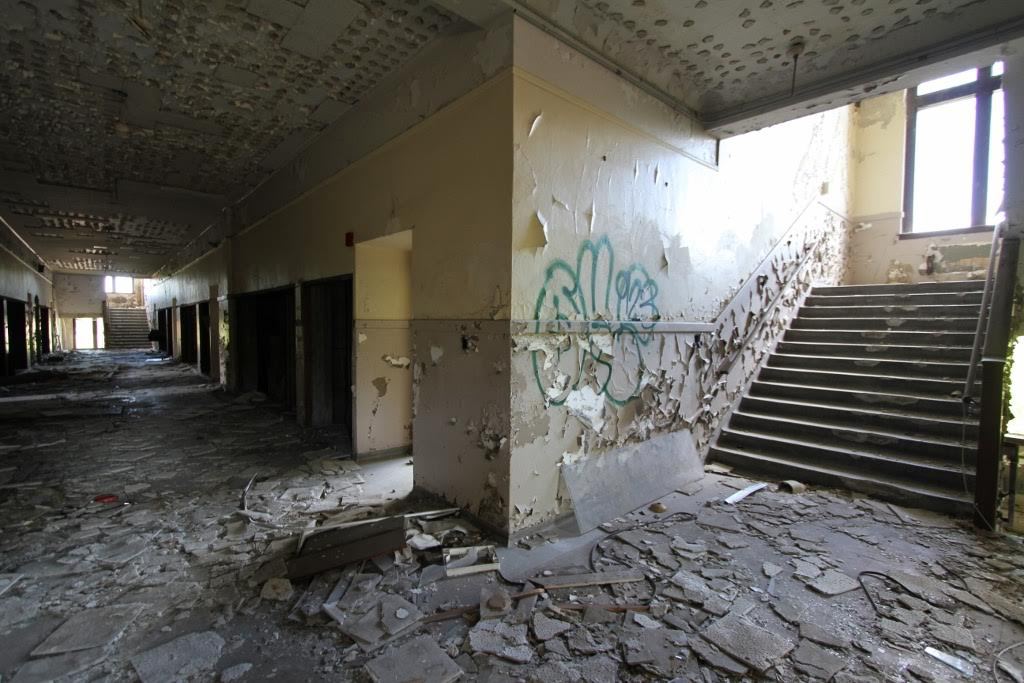

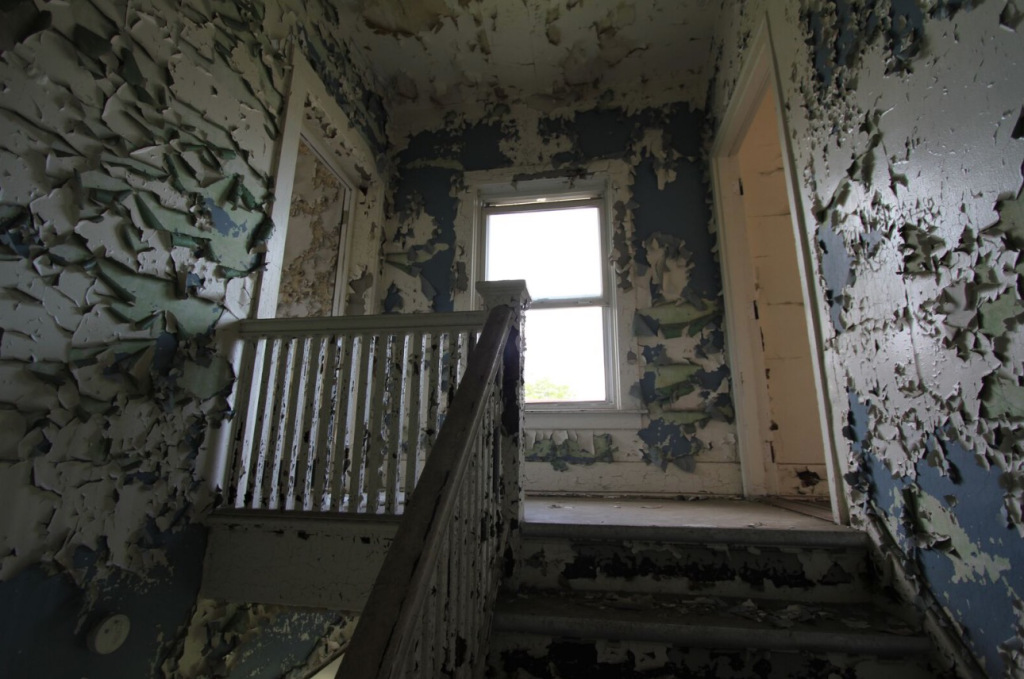
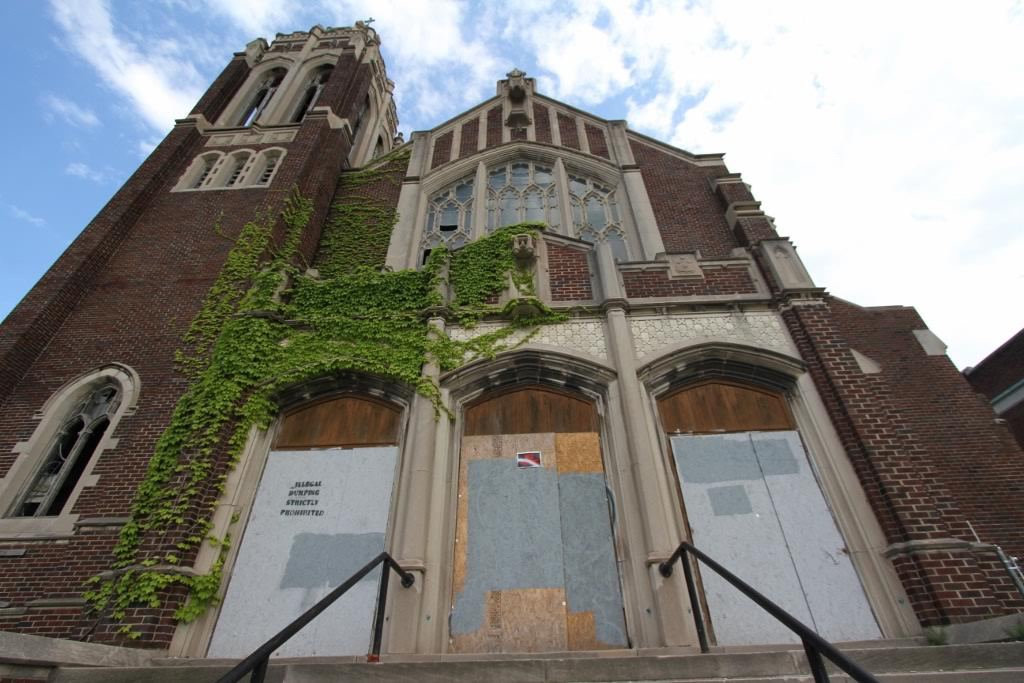
Detroit lost 60% of its population from its peak in 1950. Most of the residual empty buildings are single family homes and the civic buildings that once served them. The city has far too much public infrastructure to maintain and entirely too little tax revenue with which to do it. The engineer/planner proposed cherry picking the remaining viable buildings and transporting them to a single close-in neighborhood where municipal services could be more efficiently provided. I rolled my eyes.
This is right up there with the suggestion that the city should just cut off power and water to people in big chunks of the city to “encourage” them to migrate. Try that on rich white people living in far flung suburbs that also have negative tax-to-municipal-services ratios and see how that goes.
Let’s look at how previous plans to “save” Detroit worked out.
Option #1: The Great Society
Bulldoze entire blocks of historic urban fabric. Concentrate the poorest people into giant high rise towers managed by unresponsive and underfunded bureaucracies. Intentionally cut them off from jobs, good schools, and the wider culture. Then blame the residents for failing to thrive after everything that was done for them.
Option # 2: The Ownership Society
Bulldoze entire blocks of historic urban fabric and create an imitation of the suburbs complete with cul-de-sacs and gated communities. Give subprime mortgages and multiple auto loans to low income families. Then blame the residents for failing to thriving in spite of all the opportunities that were offered to them.
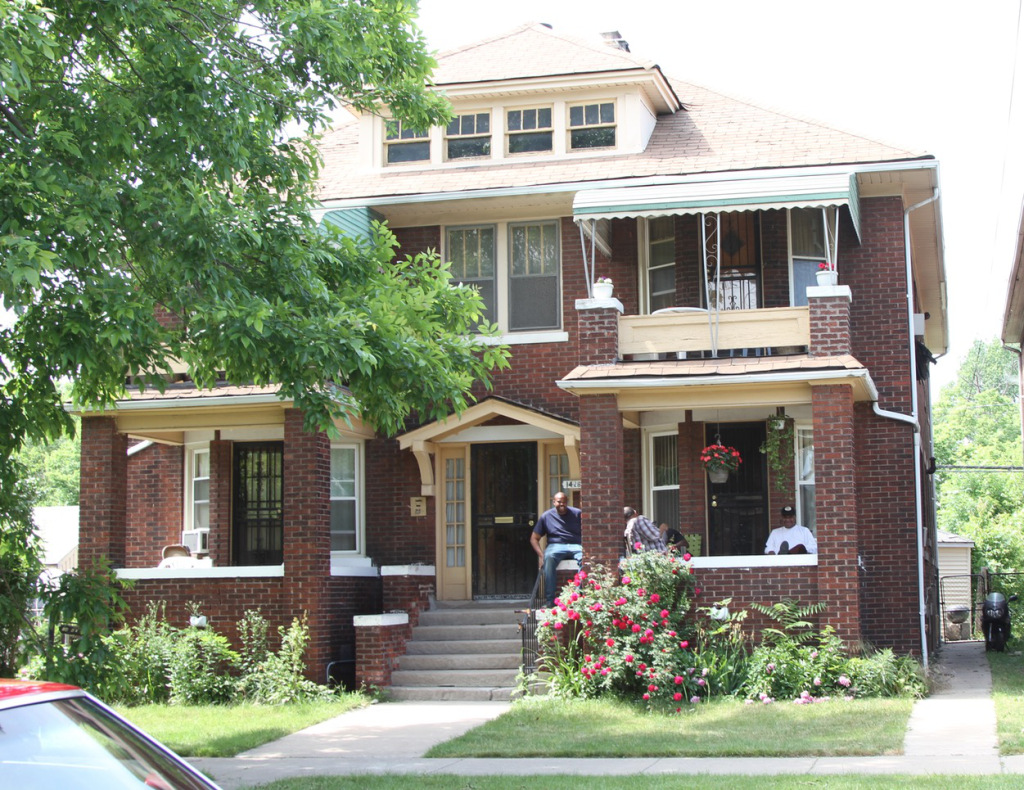
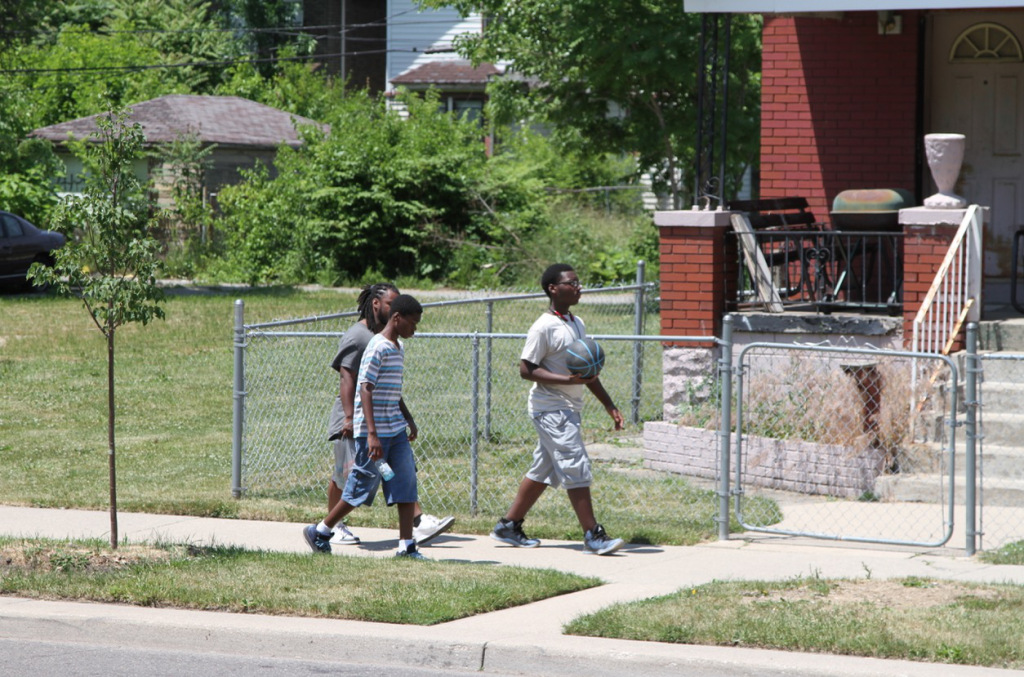
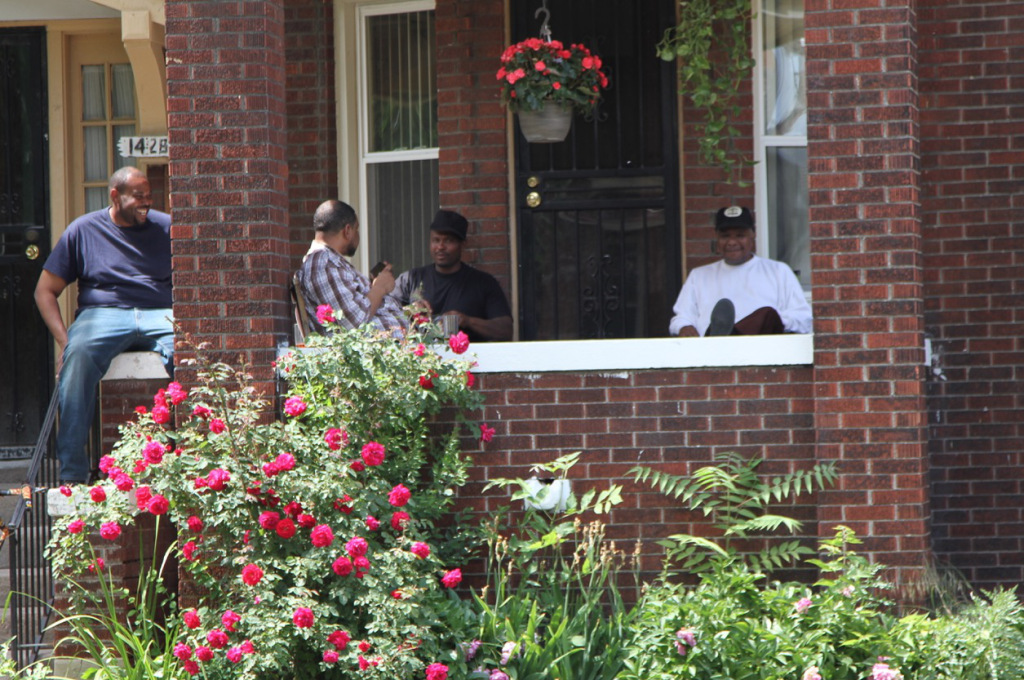
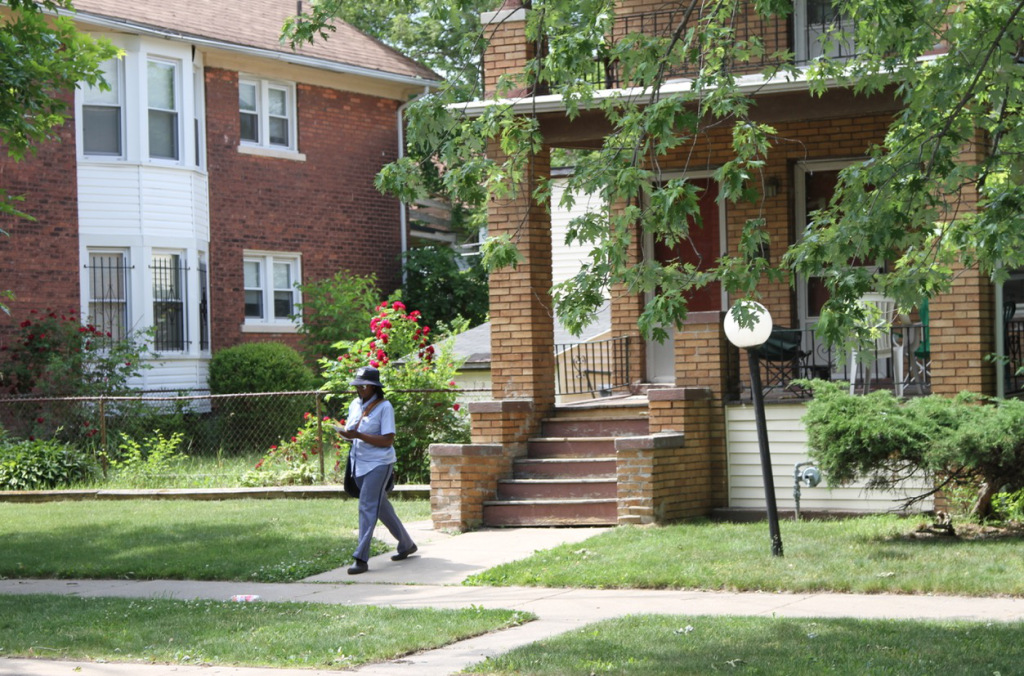
Option # 3: Back to the Future
These homes and families are the survivors of decades of white flight, the collapse of the auto industry, benign neglect, the criminalization of poverty, and a dozen of plans to reform the city and “rescue” the poor unfortunates left behind. All these photos were taken within walking distance of each other in the same general part of the city. The ruined husks, the high rise projects, and the plastic subdivisions are all cheek by jowl with little islands of normal life, charming old homes, and neatly tended gardens in between. These are the people the next wave of self appointed do-gooders are looking to “help.”
But there’s that lingering problem… Detroit can’t maintain all of its infrastructure so something has to change. But what? If we were to go back to the Detroit of 1880 the population would have been smaller and concentrated near downtown – just as the engineer/planner proposed. But all around the nascent industrial metropolis were farms and small rural hamlets. Cities need large scale municipal facilities for water, sewer, and transportation. They also need abundant regulations and multiple bureaucracies to oversee them. Country villages don’t.
Image from Google
Significant portions of Detroit are now essentially rural again. On any given block there may only be two or three occupied homes. The official options are to fill the space with new construction of a dubious nature or scrape the landscape clean. But there’s a third option. What would it take to allow these rural properties to revert to rural utilities? Homes in the country have private wells or rainwater catchment with cisterns instead of city water mains. Country homes have septic systems instead of city sewerage treatment plants. Country homes have propane tanks instead of piped natural gas. Homes in the countryside have narrow paved roads or gravel lanes. Converting the remaining viable homes to these smaller independent systems would be significantly less expensive than trying to maintain the endless miles of municipal infrastructure across the entire city. Rural cooperatives could be established to serve such homes and businesses rather than the existing utilities.
There are also emerging clusters of viable urbanism. These are small towns really, often in unlikely spots that wouldn’t occur to an engineer or city planner. Grand old homes are being renovated in close proximity to each other and shops are reopening to serve the boomeranging population. These areas may still benefit from cost effective city services, particularly if the momentum continues with small-scale incremental infill development that thickens over time.
This slow dispersed organic approach is asking a great deal from city regulators. This isn’t a broad sweeping program with a lot of flash and ribbon cutting ceremonies. These individual block-by-block solutions are unique rather than easily standardized. But this is the most economical and civilized policy moving forward for the citizenry – if not the bureaucrats. So do we want to make life easy on the experts, or make the city a better place that can also pay its bills?
(All photos by the author unless otherwise noted)











